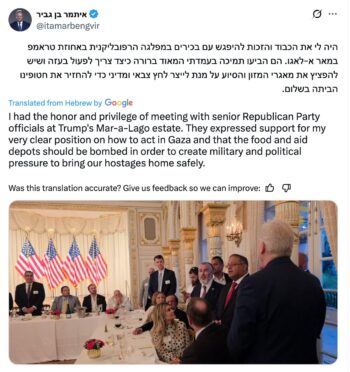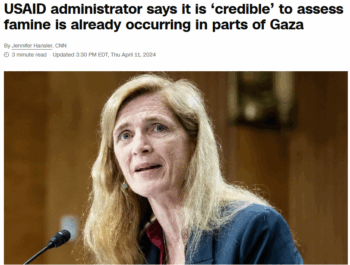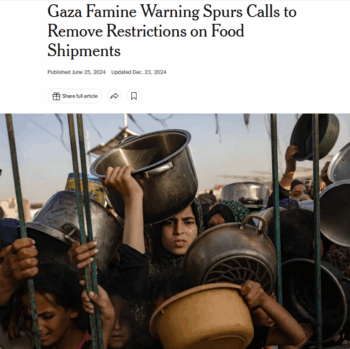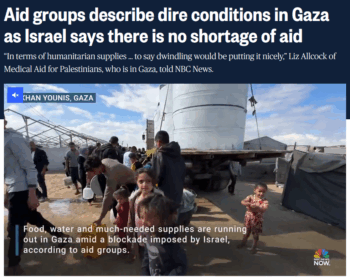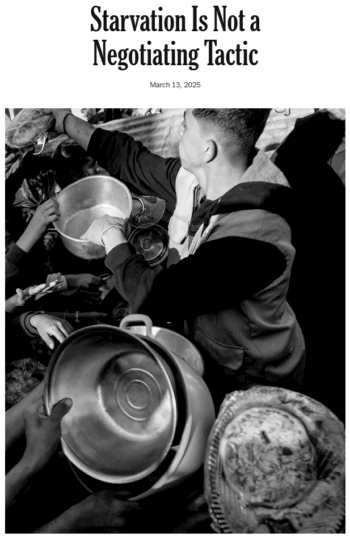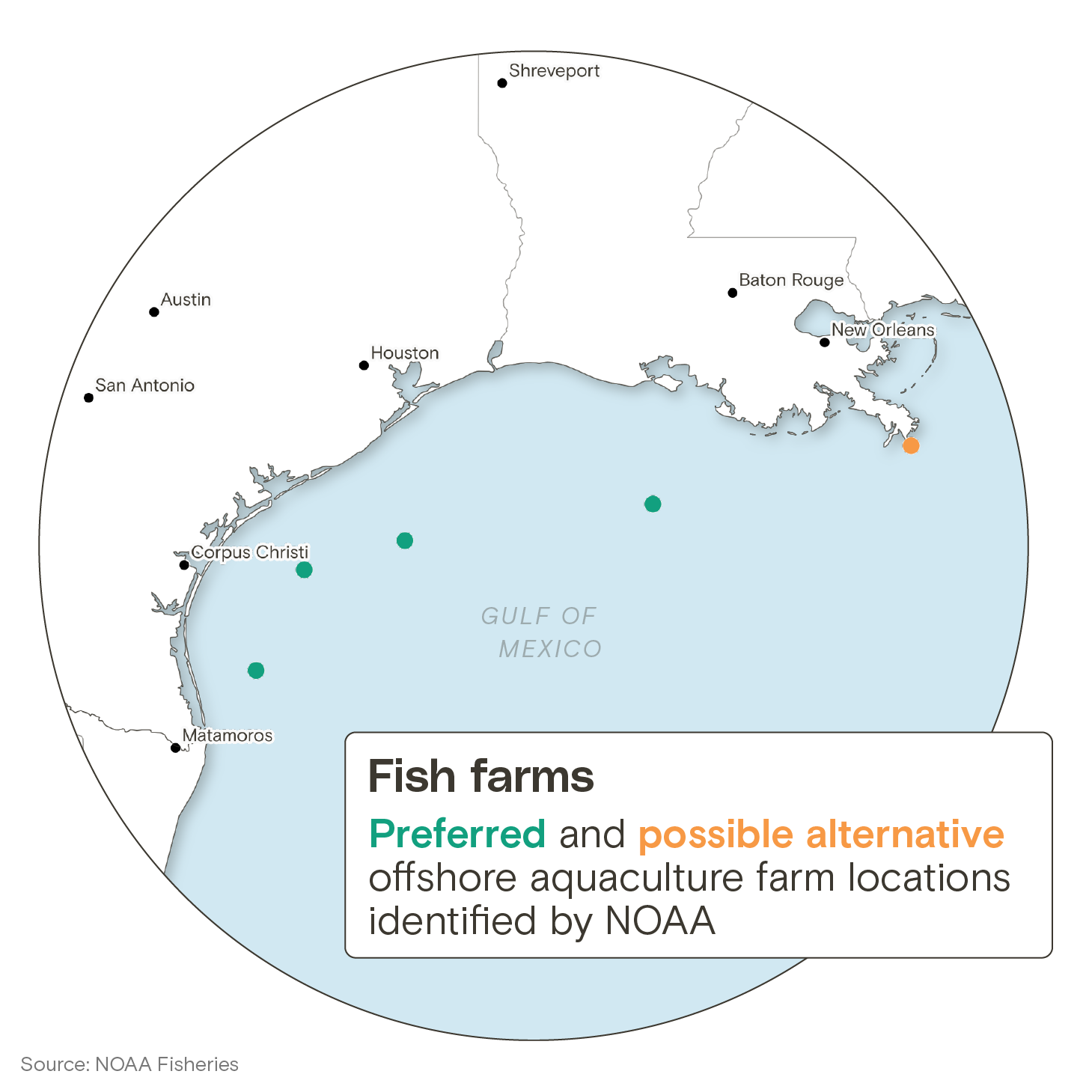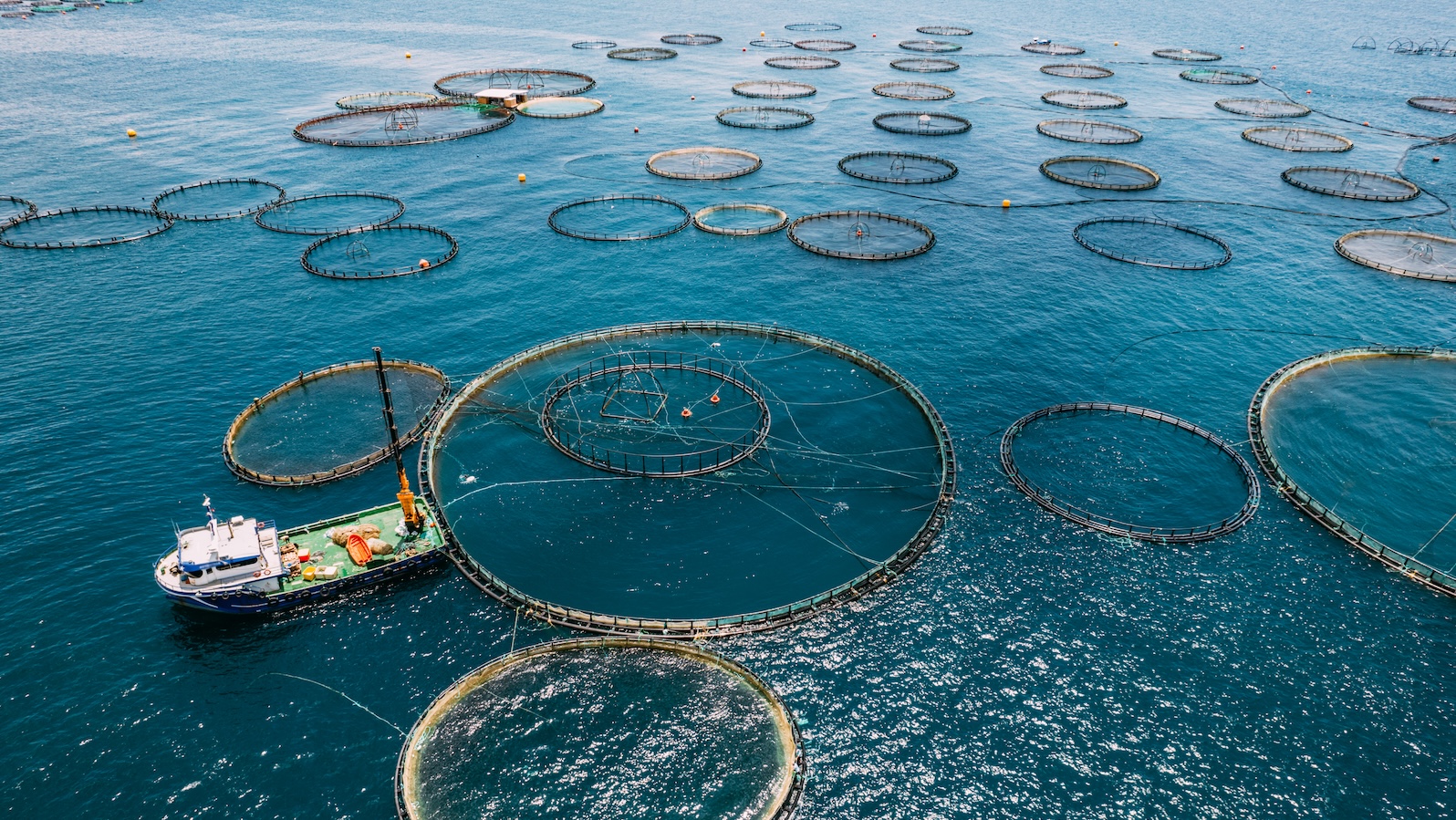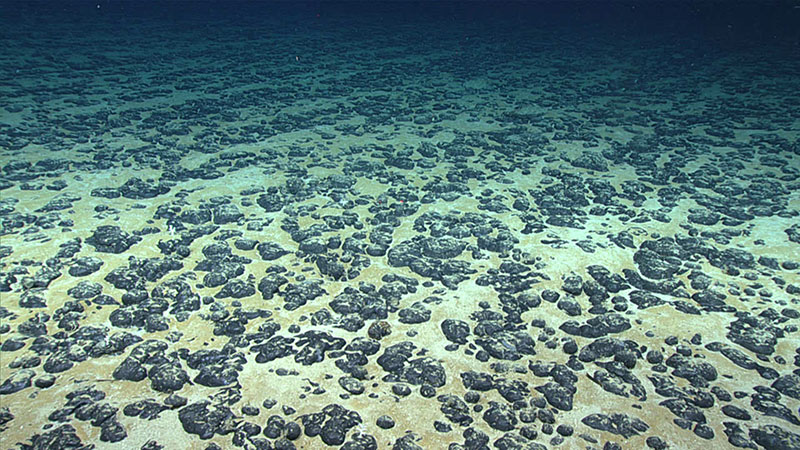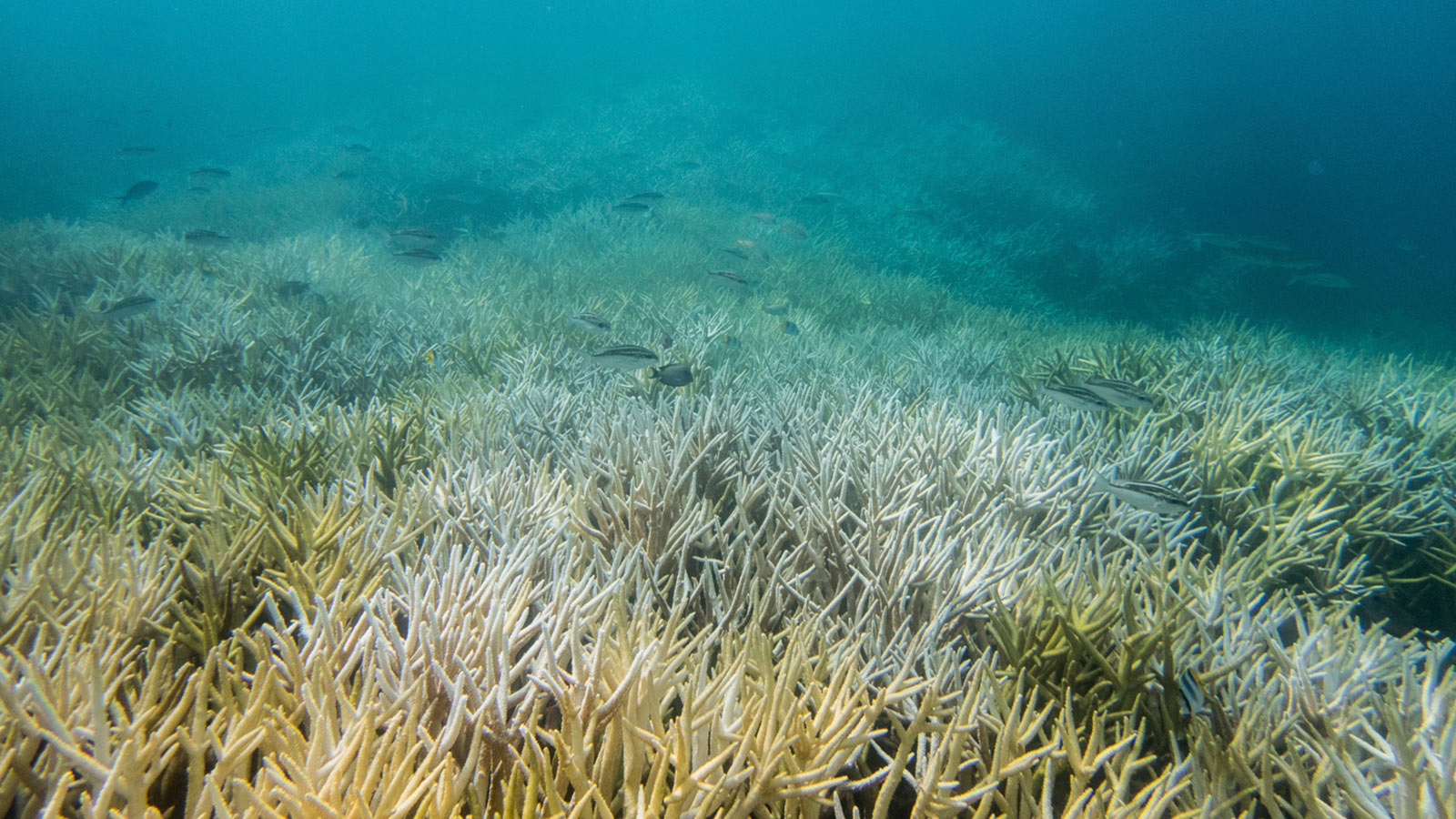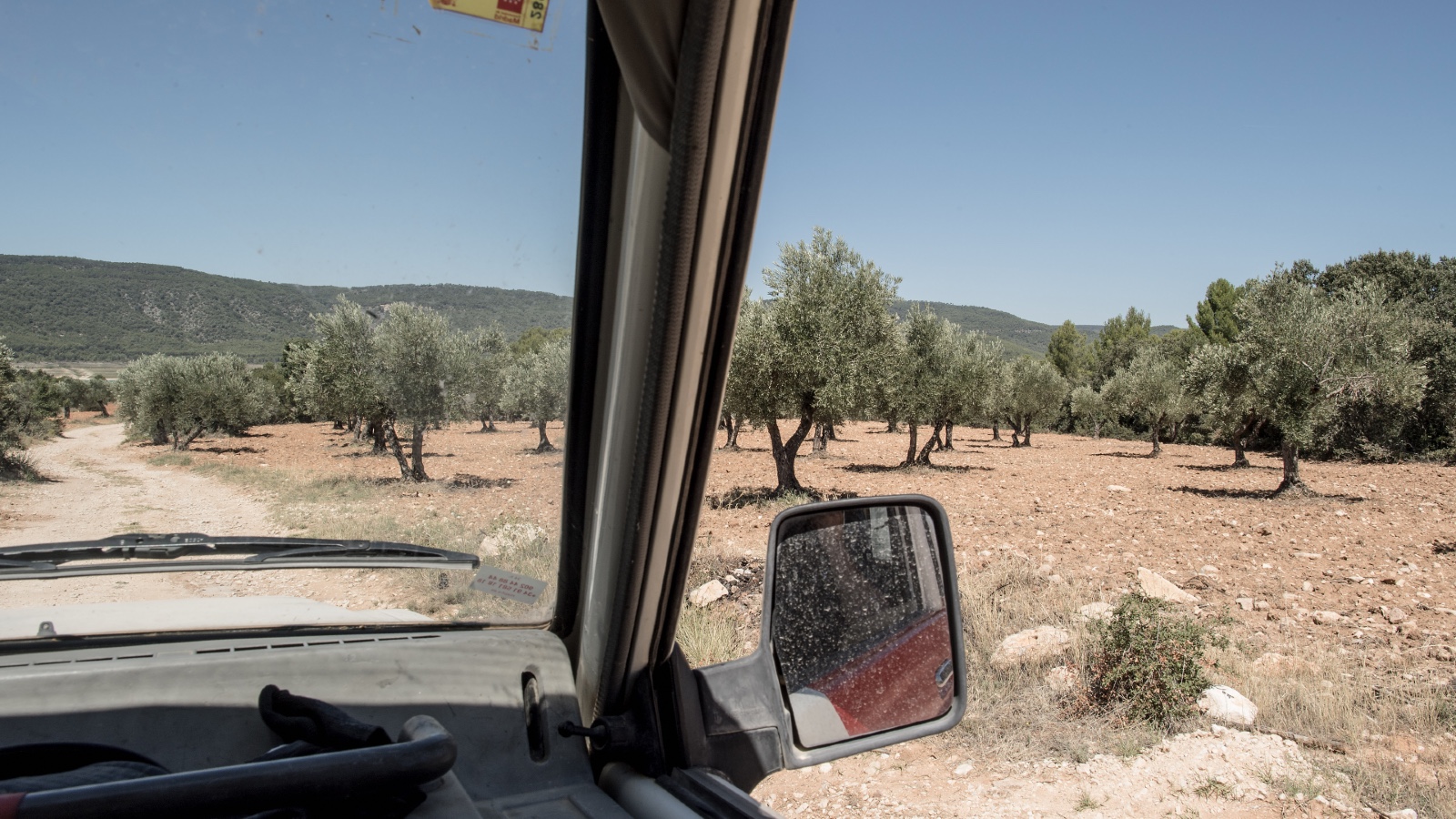Can you walk me through your morning coffee ritual?
When I’m brewing just for myself or with another person, I usually go for the V60, a manual pour-over method. It’s always been my favorite home brewing technique. It doesn’t yield the most coffee, so it’s not great for impressing a crowd, but it’s perfect for small batches. I use a bleached paper filter because it doesn’t leave any extra flavors behind. I find that metal filters can sometimes give the coffee a metallic taste, which can really throw off the brew, and unbleached filters can leave a slight papery flavor. For the setup, I use a temperature-controlled gooseneck kettle and my own grinder.
Do you remember when you first had a “good” coffee?
It was in Edmonton, Alberta. A couple of friends took me to Transcend at the original Garneau location. I think I had a cappuccino or something, and everyone I was with was like, “This is the spot; this is the best coffee.” I didn’t have a frame of reference then, but it completely rewired my brain. I applied for a job there during that visit because I had just moved to Edmonton and needed work. I was hired almost on the spot.
How old were you?
18 or 19.
Would you say that was the beginning of your career?
Definitely. I had just dropped out of university and it wasn’t until I had the 60 hours of one-on-one training that things really clicked. Once I started, I realized, Wow, I’m actually really good at this. I had a strong palate, my retro-nasal senses were on point, and I picked things up quickly.
Does having a strong palate apply to anything else in your life?
Nothing professional, but I’m a big perfume guy. Some people are better tasters and some people are better smellers.
What does it mean to have a good palate?
For me, a well-developed palate can isolate the different flavors, aromas, and textures at play. This can be tricky with coffee, especially if you’re not a regular drinker or not particularly intentional about it. In North America, many people tend to prefer coffee that tastes nutty or chocolatey, whereas something like a naturally processed Ethiopian coffee is very aromatic and bold—it can hit you with flavors like blackberries and Jolly Ranchers. If you build your palate without assumptions, you can sip the coffee and ask yourself, “What else am I tasting?” Often, it’s not immediately obvious. It’s about exploring what else you can detect in the cup.
You work in coffee education. Can you explain what being a trainer entails?
I work as a management consultant and educator for Variety Coffee Roasters in New York. Specifically, for education, I’m responsible for building and executing the coffee program for their retail staff across eight cafes. I redesigned their education program, breaking it into modules. The first module is all about assessing the individual’s experience with coffee. If someone is new to coffee, it will start with a basic PowerPoint covering the fundamentals, like how coffee is a seed inside a cherry, followed by a full menu cupping. The second module focuses on milk-based drinks, including milk steaming and latte art. No one can work in the cafes until they’ve passed the milk training session. The final two modules are all about espresso dialing from scratch.
Before joining Variety, I had been working in coffee education on a consulting basis, helping small restaurants and cafes develop their own sustainable coffee programs. I designed an espresso training cheat sheet, a key part of my consulting. When I joined Variety, I adapted it to their program, and it worked so well that I eventually patented it. This method has allowed me to train people to dial in espresso to a high standard in just a few hours. When dialing espresso, I rely on instinct rather than a clear cause-and-effect process. I just know what to do, but teaching that kind of instinct to others has been one of the biggest challenges in my role as a trainer.
You started your own company recently, Hot Stuff, and you work with Nordic light roast coffee. Can you explain what constitutes a light roast and how you achieve that flavor?
A good way to compare roasts is through sugar: light roasts are like white sugar, medium roasts are like caramel, and dark roasts are like molasses. If you think of fruitier, more expressive coffees you’ve had, they’re likely light roasts. During roasting, after the drying phase and Maillard reaction, there’s a point called the first crack. The first crack is a chemical change when the green coffee stops absorbing heat, then expels it. At this stage, all the moisture is gone, and when the coffee expels the heat, it’s similar to popcorn popping. This is when the coffee’s pores open up, and the sugars inside begin to cook. Green coffee is full of sugar, gas, and oil. The oil and sugars carry the coffee’s natural flavor.
Depending on the coffee’s origin, the flavor can vary widely. African coffees tend to be fruity and tea-like. In contrast, Latin American coffees often have notes of stone fruit, nuts, caramel, and chocolate—flavors that North Americans might associate with more traditional profiles, even though all coffee originates from Ethiopia. For lighter roasts, the goal is to preserve these flavors while ensuring the sugar is developed enough to avoid grassy or underdeveloped tastes. In a light roast, you aim to stop the process just after it has developed enough to avoid those underdeveloped qualities, before the flavors begin to neutralize as the sugars cook… You need to learn how to listen to the coffee and figure out what it wants.
And you’re roasting the coffee yourself?
Yes. It’s a one-person business, but I hired a consultant to help me get started. Coffee roasting is an exclusive field, especially if you’re not a dude, so I brought in a friend who had roasted for Stumptown Roasters for years. Though I had years of specialty experience, he was the only one willing to teach me to roast.
We roast out of my workplace, Variety. I just asked the owner, “Hey, can Patrick and I rent the roastery on weekends for this project I’m working on?” and he said, “You do enough for me, just use it.” It was insanely generous because that saved me thousands and thousands of dollars. I can also store my green coffee there, which is crazy. The reason why most people don’t learn how to roast coffee is because it’s prohibitively expensive.
It feels like there’s so much of you in this project. You’ve been pursuing this since your teenage years, co-owned a café in Montréal for years, worked at Variety, and now launched this Nordic-inspired business. Given that you’re Nordic yourself, it all feels incredibly personal and reflective of who you are. Was that intentional?
I feel like with Hot Stuff, I realized I wanted to do my own thing, and I want to do it the way that I like to do it. I also want it to be less serious! I want someone to be able to walk into a cafe without being scared about asking a stupid question. I want someone trying a fruity espresso to be like, “Why does this taste like this?”
Last year, I hosted a public coffee cupping in my hometown in Saskatchewan, and a huge crowd showed up. I encouraged everyone to dive deeper into tasting coffee. By the end, people were genuinely excited about what they had learned. Even my mom joined in. One coffee was on the table with a noticeable sour defect, and she immediately picked up on it, saying, “This tastes like when a peanut starts to go a little sour.” I was amazed at how quickly she identified it. It made me realize that people inherently know how to taste; they’ve just never been given the opportunity to engage with coffee beyond its typical, commodity-focused perspective.
What do you feel you still have to learn?
I want to deepen my understanding of coffee production and agronomy because they’re incredibly fascinating. With climate change, we’re seeing significant shifts in how and where coffee is grown. Some countries are experiencing frost for the first time, leading to increased defects and challenges in production. Their coffee economies are struggling as a result. Meanwhile, other regions are seeing hotter climates that, surprisingly, are yielding more unique and exciting coffees. It’s been fascinating to observe these changes over the years. In the 11 or 12 years I’ve been in the industry, I’ve noticed how much Kenyan coffee, for example, has evolved in flavor compared to a decade ago.
At the same time, growing coffee is becoming increasingly difficult and costly, which impacts both producers and consumers. As coffee becomes more expensive, I believe it’s the roaster’s responsibility to educate consumers. It’s important to explain why their coffee costs $6—whether it’s due to climate challenges, labour conditions, or production costs—not simply because the roaster wants to charge a premium.
We also can’t ignore the fact that the coffee industry has deep roots in exploitation and slavery. As a coffee company, there’s a responsibility not just to help people enjoy coffee more but also to share the stories behind it—highlighting the producers, the struggles their countries face, and the broader context of what’s happening in the industry.
What does the future hold for Hot Stuff?
When I eventually open a brick-and-mortar roastery, my goal is to establish a program to teach people how to roast coffee, specifically aiming to support marginalized communities. The biggest challenges in learning how to roast coffee are often access-related. First, finding someone willing to teach you the craft can be difficult. As an educator, I’m passionate about filling that gap. But beyond that, sourcing and purchasing green coffee is incredibly challenging, especially if you’re unfamiliar with the process. Then there’s the question of where to store it and where to roast. My vision for the roastery is to address these hurdles and create a supportive environment where people can learn and grow.
I want to create a scholarship program based on a circular economy. The idea is to use still-fresh tasting, past-crop coffee to teach roasting. Participants—two or three at a time—would get meaningful, hands-on experience, not just a quick two-hour session. The coffee they roast would be bagged separately as “scholarship coffee” and sold at a lower price, with revenue reinvested into the program to buy more green coffee and support future participants. The goal is to make this education free and sustainable, reducing waste by repurposing coffee that might otherwise go unsold. There’s a huge demand for roasting education, especially among women and marginalized groups… I hope to create a space where aspiring roasters can learn without the financial burden or logistical challenges. We’ll see who shows up for it!
This post was originally published on The Creative Independent.
